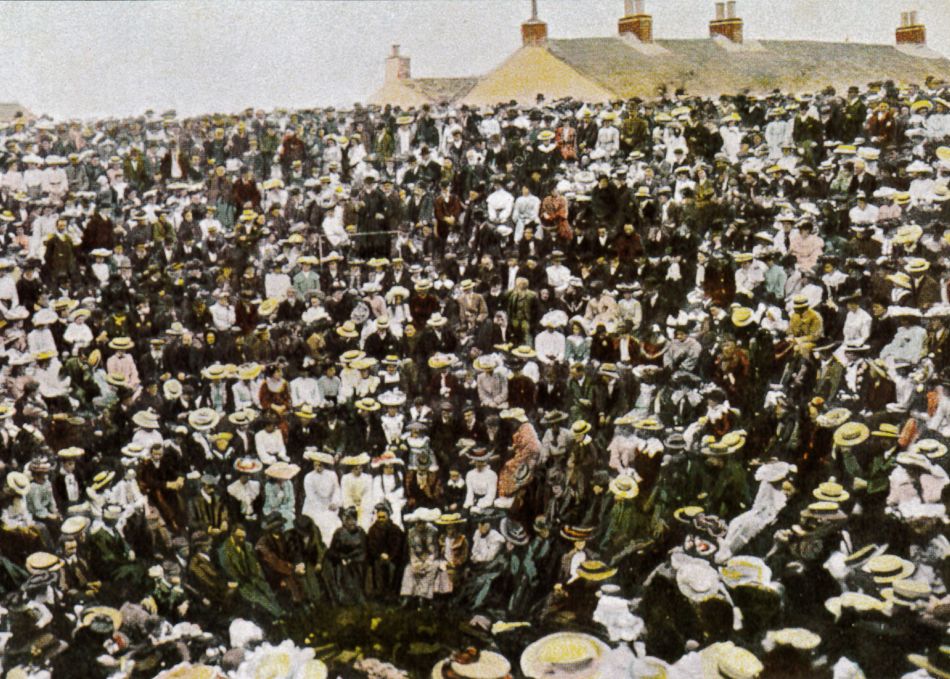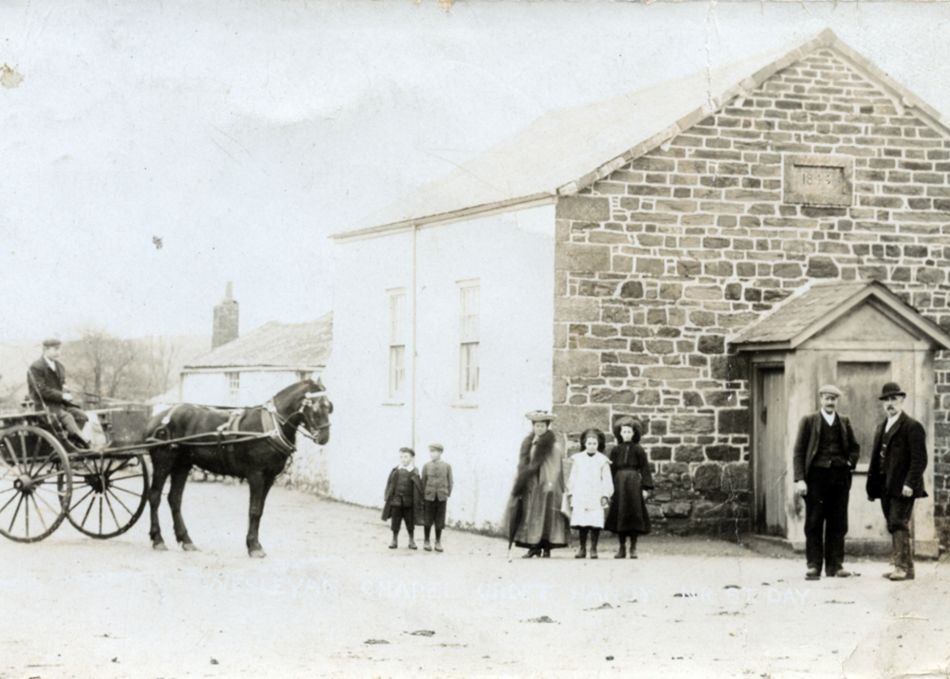1732
The Reverend George Thomson, the vicar of St Gennys in north Cornwall, became convinced that his faith alone could save him. This was the same view held by Charles and John Wesley. It became the core message of Methodism, and George and the Wesley brothers later became good friends.
1743
Charles Wesley came to St Ives in Cornwall. He visited Catherine Quick and her small group, who shared Charles’ religious views. Local Church of England vicars encouraged people to attack Charles. John Wesley also made his first trip to Cornwall. The brothers preached outside to large crowds of people.
1745
William Borlase, a magistrate from Ludgvan, tried to have John Wesley arrested.
1757
Most of the mob attacks on the Wesley brothers in Cornwall stopped.
1760
Methodist chapels began to be built in Cornwall.
1773
John Wesley preached to 32,000 people at Gwennap Pit, near Redruth.

Image courtesy of Royal Institution of Cornwall, Truro
1795
The Methodist church separated from the Church of England.
1815
Methodist preacher William O’Bryan founded the Bible Christian Church in north Cornwall. Billy Bray, who became a well-known preacher, joined the Bible Christians.
1851
In Cornwall, 60% of people attending religious services were Methodists. This was a higher percentage of the population than anywhere else in Britain.

Reproduced courtesy of Paddy Bradley as featured on cornishmemory.com
1868
The ‘Parish Rate’ – money that people had to pay to the Church of England – was abolished. Many Methodists had refused to pay the rate and some had been imprisoned because of this.
1880
Truro Wesleyan Middle Class College (later to become Truro School), an early free daily school, opened. Chapel and churches became increasingly responsible for the education of the young.
1902
There were further arrests when Methodists in Cornwall refused to pay taxes to support Church of England schools.
2005
The percentage of people attending Methodist services remained three times higher in Cornwall than in England.
2012
Attendance at Methodist chapels in Cornwall was increasing.













